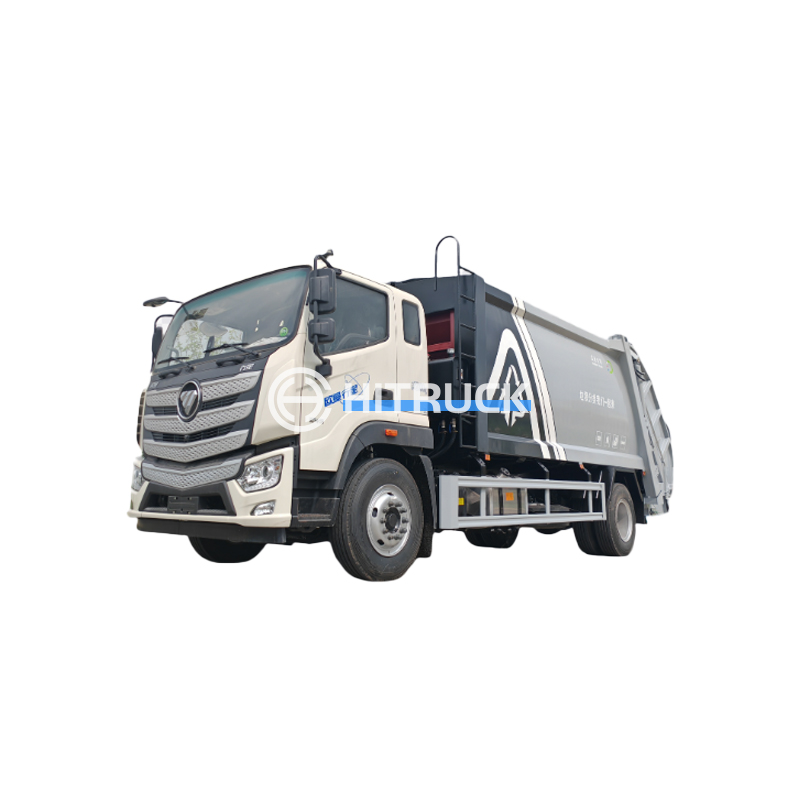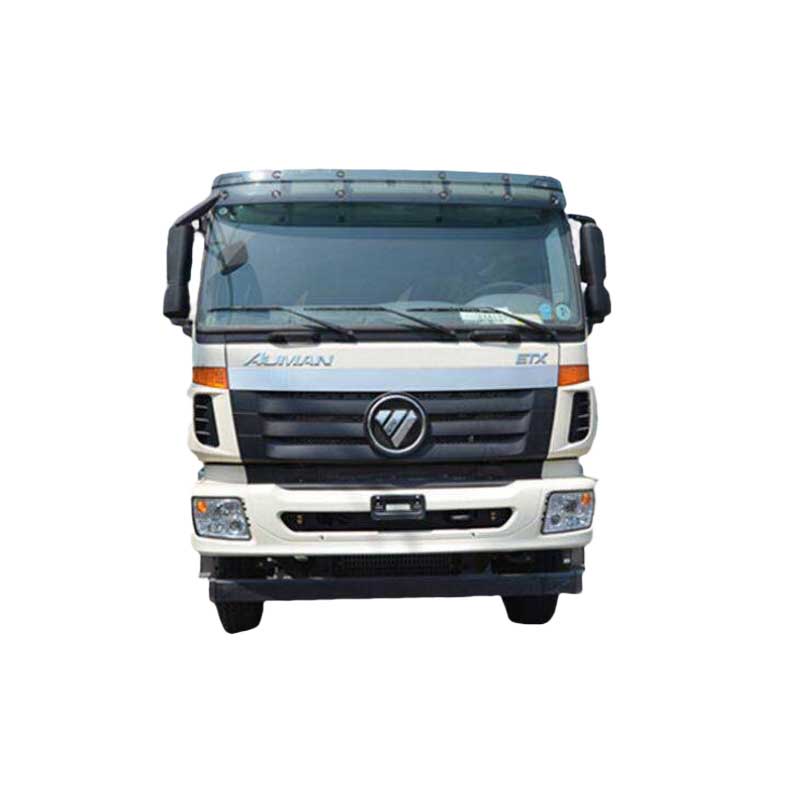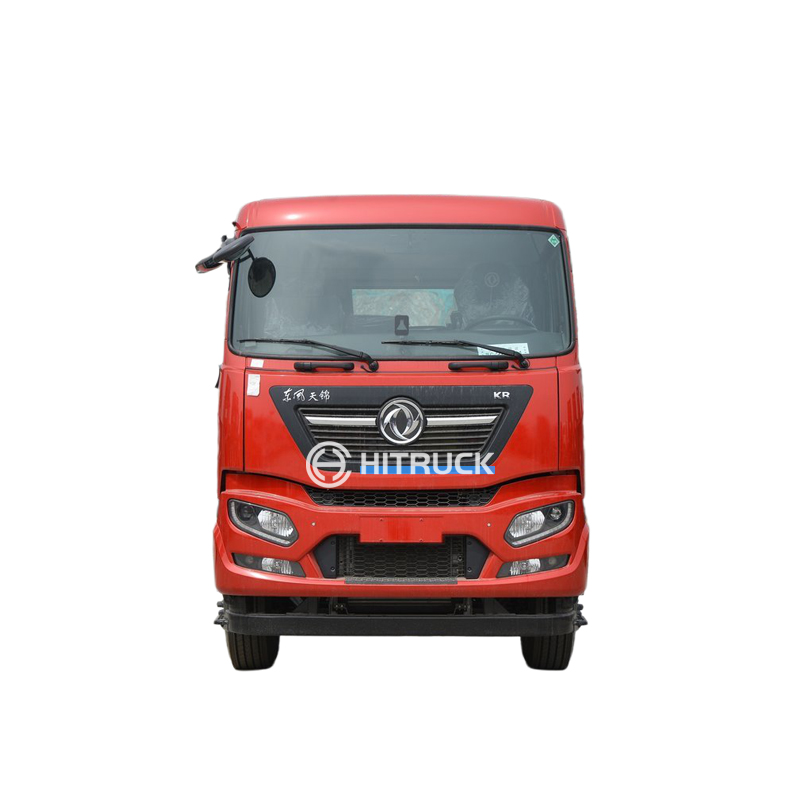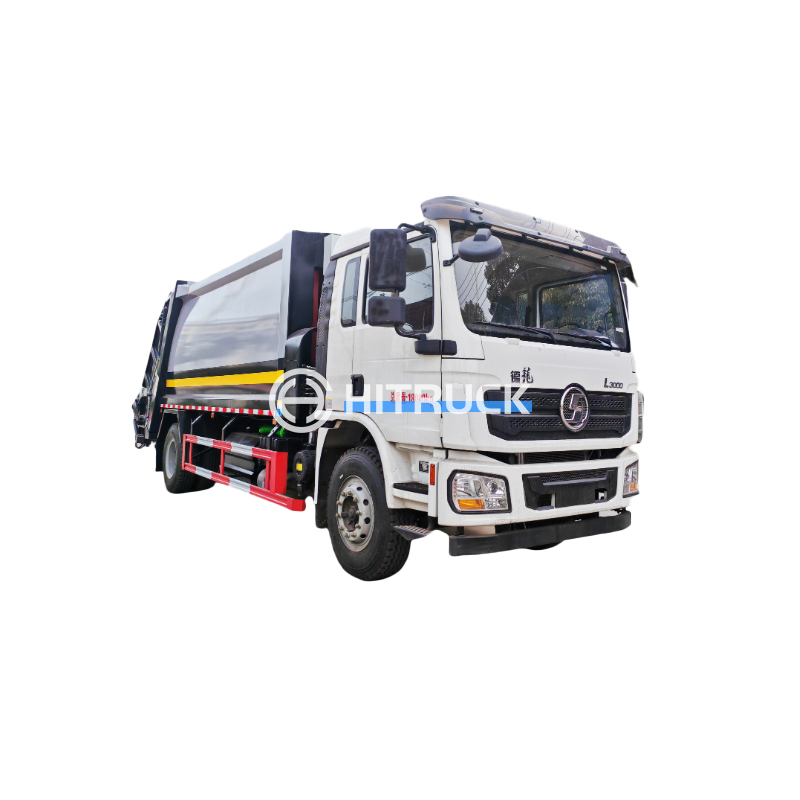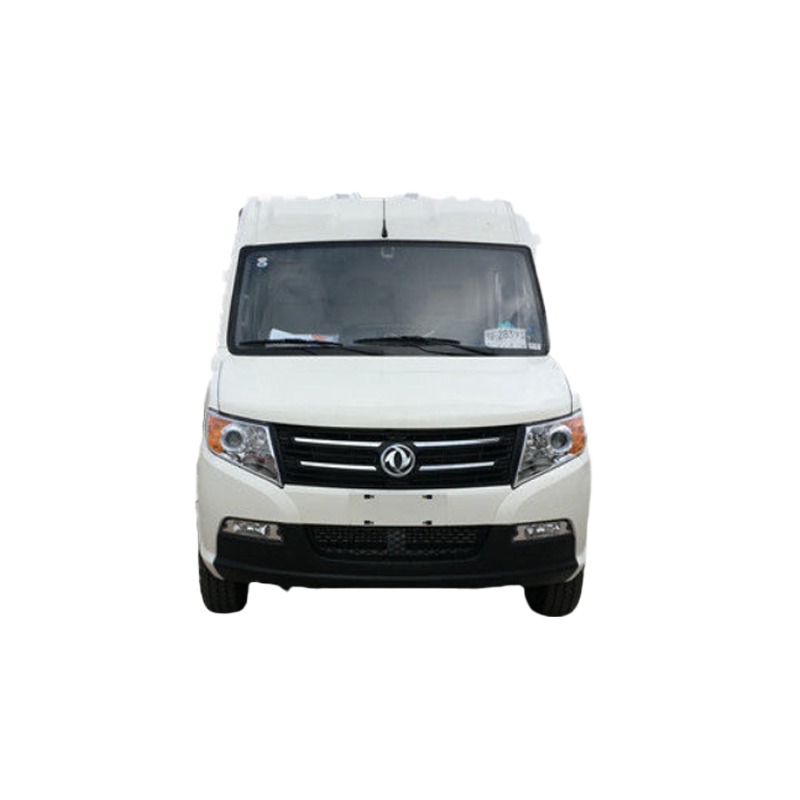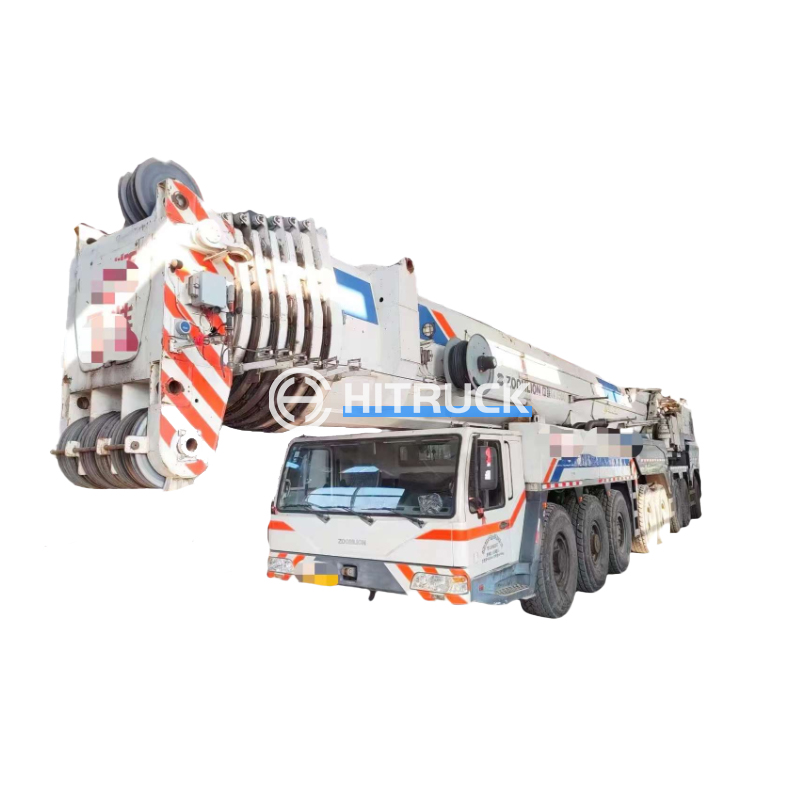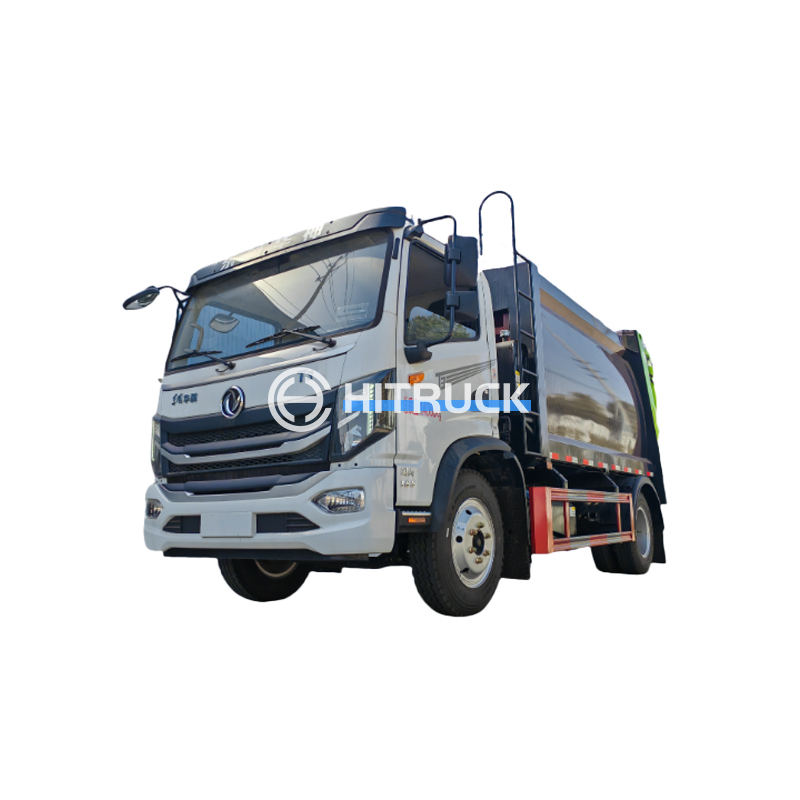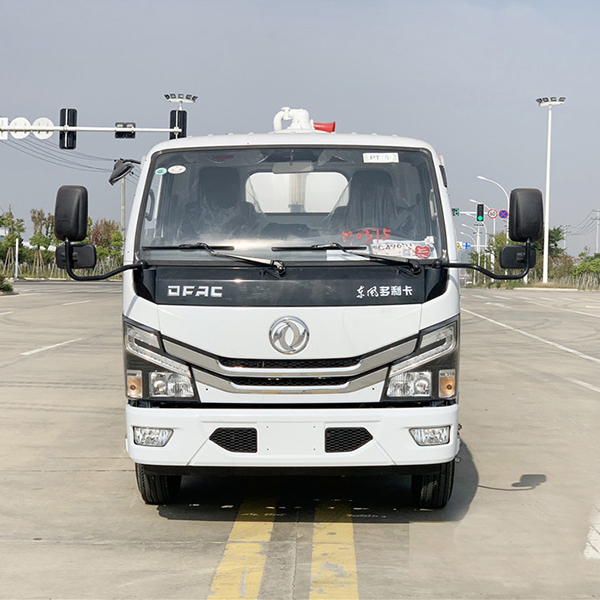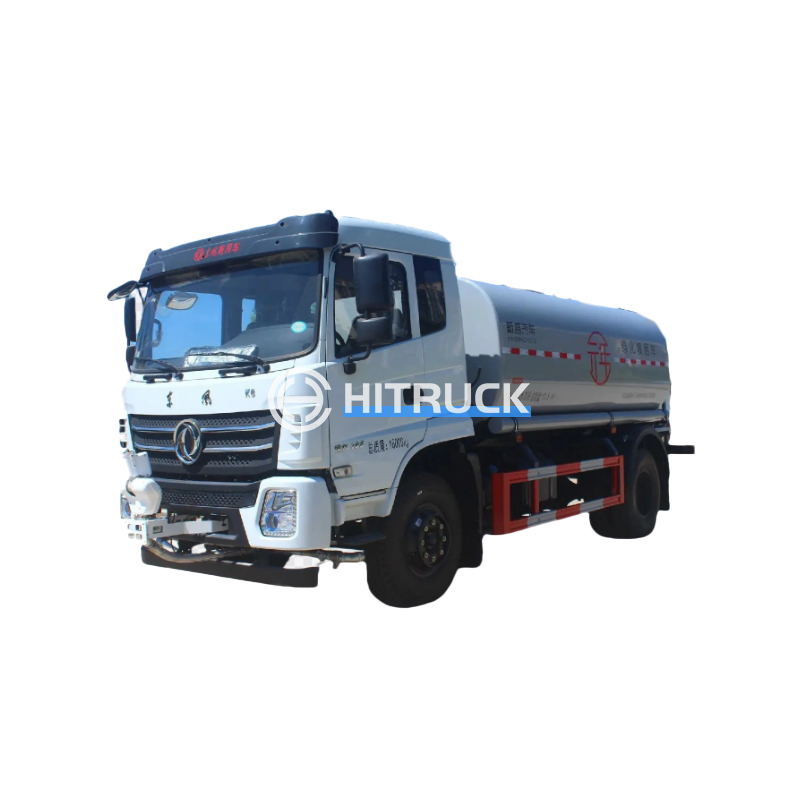This comprehensive guide explores the diverse world of overhead crane equipment, helping you understand the various types, their applications, and crucial factors to consider when making a purchase. We'll delve into safety considerations, maintenance practices, and provide insights to ensure you select the optimal solution for your specific lifting needs.
Overhead traveling cranes are commonly used in industrial settings for lifting and moving heavy loads. These cranes consist of a bridge structure spanning the workspace, with a trolley carrying the hoist moving along the bridge. They are versatile and can handle a wide range of capacities, making them suitable for various applications. Consider factors such as span, capacity, and lifting height when choosing an overhead traveling crane. For example, a company like Suizhou Haicang Automobile sales Co., LTD might use these for moving heavy automotive parts in their warehouse. You can learn more about heavy-duty solutions at https://www.hitruckmall.com/.
Jib cranes offer a more compact solution for smaller work areas. These cranes feature a jib arm extending from a fixed point, providing a limited reach. They are ideal for applications requiring precise positioning and maneuverability in confined spaces. The choice between a wall-mounted, free-standing, or cantilever jib crane depends largely on your specific workspace layout and the loads you need to handle. Jib cranes are often utilized in workshops and factories for smaller lifting tasks.
Gantry cranes are similar to overhead traveling cranes, but their bridge structure runs on legs that stand on the ground, rather than on a track system running along the ceiling. This makes them adaptable to outdoor settings or areas where ceiling-mounted cranes are not feasible. They are often used for heavier lifting tasks in construction and shipbuilding, for example. Selecting the right gantry crane requires careful consideration of the ground conditions and the load requirements. They can also come in different configurations like single-girder or double-girder designs.
Determining the required capacity and lifting height is crucial. You must consider the heaviest load you expect to lift and the maximum vertical distance required. Underestimating these parameters can lead to equipment failure or accidents. Always choose a crane with a safety factor built-in.
The span of the crane, the horizontal distance covered by the bridge, should match the dimensions of your workspace. Consider the space available and plan the layout carefully to ensure safe and efficient operation. Insufficient space can lead to collisions and reduced efficiency.
Overhead crane equipment can be powered electrically or pneumatically, each with advantages and disadvantages. Electric cranes offer higher lifting capacities and precision control, while pneumatic cranes are often used in environments where electricity is a hazard. The choice largely depends on your specific requirements and environment.
Regular maintenance is essential for ensuring the safety and longevity of your overhead crane equipment. This includes regular inspections, lubrication, and component replacements. Implementing a comprehensive maintenance schedule will minimize downtime and prevent accidents. Adequate training for operators is also critical, ensuring they are proficient in safe operation procedures. Remember to always comply with all relevant safety regulations and standards.
Selecting the appropriate overhead crane equipment requires careful consideration of various factors. Understanding the different types available, their capacities, and the maintenance requirements is crucial for ensuring efficient and safe operation. This guide provides a starting point for your research; consulting with industry experts is recommended for complex projects.

